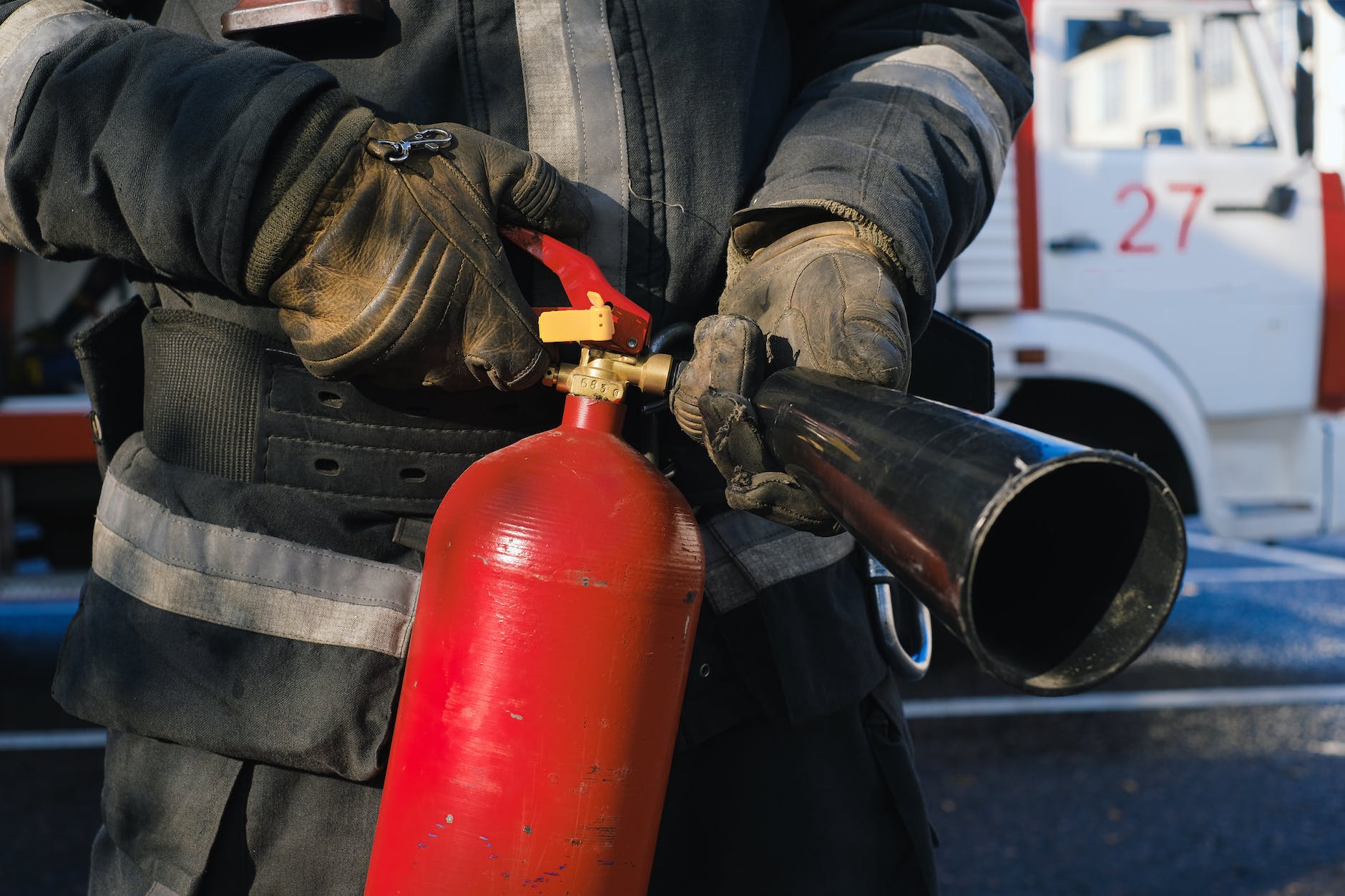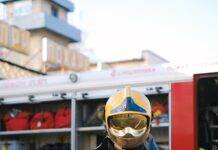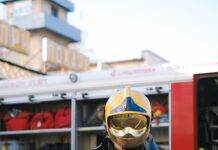
Fire Extinguisher Training
Fire extinguisher training is essential for individuals and organizations to ensure safety in the event of a fire. Knowing how to properly use a fire extinguisher can make a significant difference in controlling or extinguishing a small fire before it becomes a major emergency. Here is a basic guide to fire extinguisher training:
- Understand Fire Classes as per NFPA 10 Standard:
- Fires are categorized into different classes based on the type of fuel involved.
- Class A: Ordinary combustibles like wood, paper, and cloth.
- Class B: Flammable liquids like gasoline, oil, and grease.
- Class C: Electrical fires.
- Class D: Combustible metals.
- Class K: Kitchen fires involving cooking oils and fats.
- Select the Appropriate Extinguisher:
- Different fire extinguishers are designed to combat specific fire classes.
- Ensure you have the right type of extinguisher for the fire you’re dealing with.
- P.A.S.S. Technique:
- P – Pull the pin: Pull the pin at the top of the extinguisher to break the tamper seal.
- A – Aim low: Point the nozzle or hose at the base of the fire, not at the flames.
- S – Squeeze the handle: Squeeze the handle to release the extinguishing agent.
- S – Sweep from side to side: Sweep the nozzle or hose from side to side, covering the base of the fire until it’s out.
- Maintain a Safe Distance:
- Stand at a safe distance from the fire, usually around 6 to 8 feet (1.8 to 2.4 meters).
- Approach the fire cautiously and back away if it becomes uncontrollable.
- Use Short Bursts:
- Use short bursts of the extinguishing agent to conserve it and maximize its effectiveness.
- Stay Aware of Your Surroundings:
- Always be aware of your surroundings and have an escape route in mind.
- Do not allow the fire to come between you and your escape route.
- Call for Help:
- Even if you manage to extinguish the fire, it’s essential to call the fire department to ensure the area is safe.
- Training and Practice:
- Regularly train and practice with fire extinguishers to ensure that you and your team are proficient in their use.
- Conduct fire drills to simulate real-life fire scenarios.
- Proper Maintenance:
- Fire extinguishers should be regularly inspected and maintained as per local regulations and the manufacturer’s guidelines.
- Know When to Evacuate:
- If the fire cannot be controlled with a portable extinguisher or if it’s spreading rapidly, evacuate the area immediately and close doors behind you to contain the fire.
Hot Work Hazards and Precautions
Grinding Hazards and Precautions
Gas Cutting Hazards and Precautions
Fire Extinguisher: Why Class D Labeling is not mentioned on Fire Extinguisher?
Remember that fire extinguisher training is not a substitute for professional firefighting. It’s essential to prioritize safety and, if in doubt, evacuate and call the fire department rather than attempting to fight a fire on your own. Additionally, local regulations and guidelines may vary, so it’s crucial to adhere to the specific training requirements and recommendations in your area.
























